When many people think of the desert the first image that comes to mind is the Great Sahara desert, or perhaps the Skeleton Coast of Namibia, or the Great Sand Dunes of the Southwestern United states, or even your back yard if you don’t water it. A place barren and inhospitable to life. A place where nothing grows and you dare not venture far from water lest you perish. Which is a pretty easy thing to do if you’re standing out there in the noon day sun with no hat, which we would hasten to add you shouldn’t do, even if you are English and that comes natural to you. We’ve noticed that whenever we’re trapped in the desert and near death we always have a vision of Joe Cocker in his bright red English soldiers jacket singing “With a Little Help From My Friends” marching on before us. This always saves us and we make it back to civilization in one piece, thirsty but alive, but then we’re experts and trained for this kind of thing. But that’s just us, your mileage may vary.
But if you are somewhere like Johns canyon, Utah and its early morning you’ll see something entirely different. A desert garden literally brimming with life. It may be different than what you’re used to thinking of how a garden should be, but then you’re in a different place than you would normally be. As you journey through the canyons you will see small gardens tucked away in every nook and cranny, one after the other until you realize that this is a veritable oasis in the middle of a desolate land.
We are always struck by how similar in feel these desert gardens are to Japanese gardens, which couldn’t be more opposite in nature. The Japanese garden being lush and green with carefully manicured plants, with small trickling streams feeding into water-lily filled ponds, compared to this dry desert garden with its carefully chosen plants, tucked in amongst the boulders, placed just so to take advantage of what ever moisture may be sent its way. The color palette of this garden with its earth tones and giant boulders selected for their color and texture and positioned to fill the space but not overwhelm it is the same in feel if not color, as you find in the perfect temple gardens of Kyoto.
Sometimes we think, that is the experts in our botanical department who are paid to think about these things, think, that there must have been an early visitation to this land by wandering Samurai gardeners who traveled the world spreading their knowledge of how to make a perfect garden where one couldn’t possibly be, teaching people like the Anasazi how to have beauty in their lives in an inhospitable place. A group of Ninja gardening warriors, as it were, dedicated to creating beauty in even the most unreceptive, belligerent landscapes. Or not. But it’s as good a reason as any for the gardens being there.
Our First-strike gardeners here at *The Institute’s World-wide Center for Horticultural Research and truck farm have been collecting gardens just like this one and transporting them root and twig, back to our Botanical center completely intact, where our own hybrid gardeners keep and protect them for posterity. We have gardens similar in size and scope to this one that we have found throughout the world and brought back here to the Institute for safe keeping and our own personal viewing pleasure. Sometimes we let the public view them but not very often. You actually have to have some kind of pull to get in. If you’re interested write us and include your bio and an 11,000 word essay on why we should even let you in the front door and we’ll get back to you if you qualify. Thank you in advance for your interest.
* Note: For those of you unfamiliar with The Institute and what it does, please see the page labeled The Institute on the Menu Bar above. That should explain everything. You shouldn’t have one single question remaining regarding The Institute after reading it. None. For those of you favored few who already know about the Institute, Nevermind. Return to your daily activities. Thank you for your support.


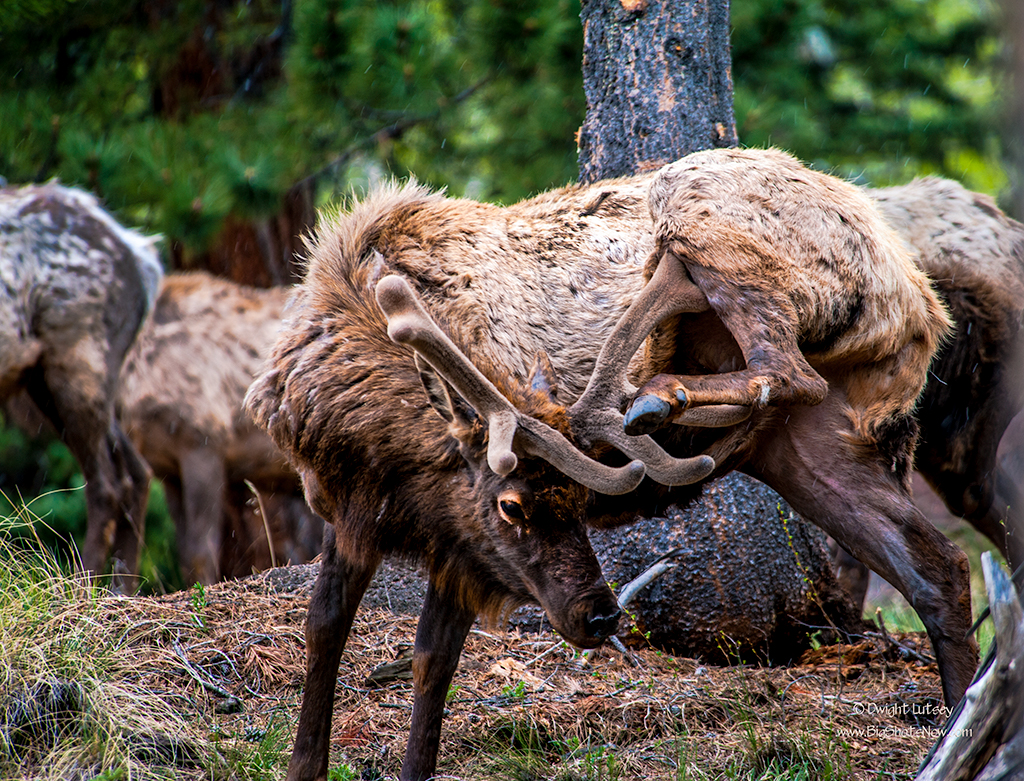
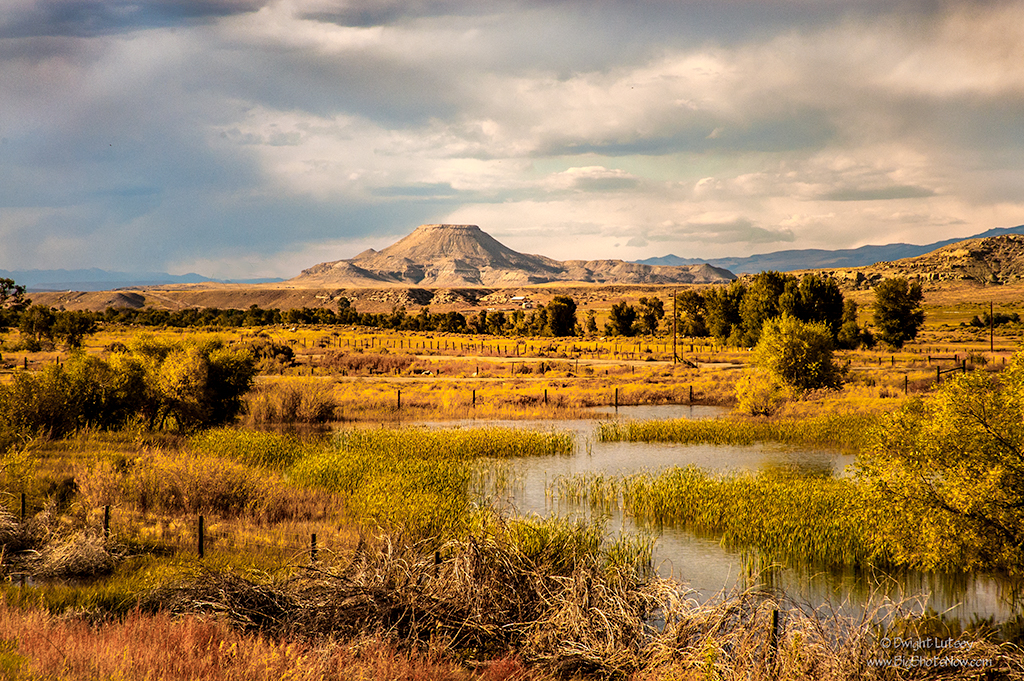
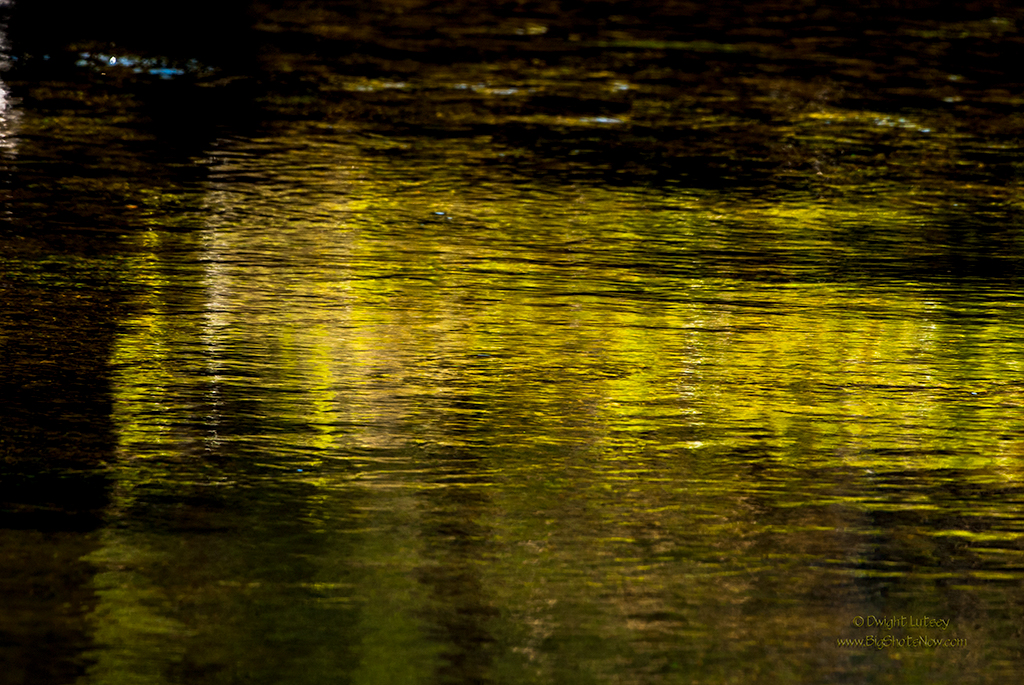
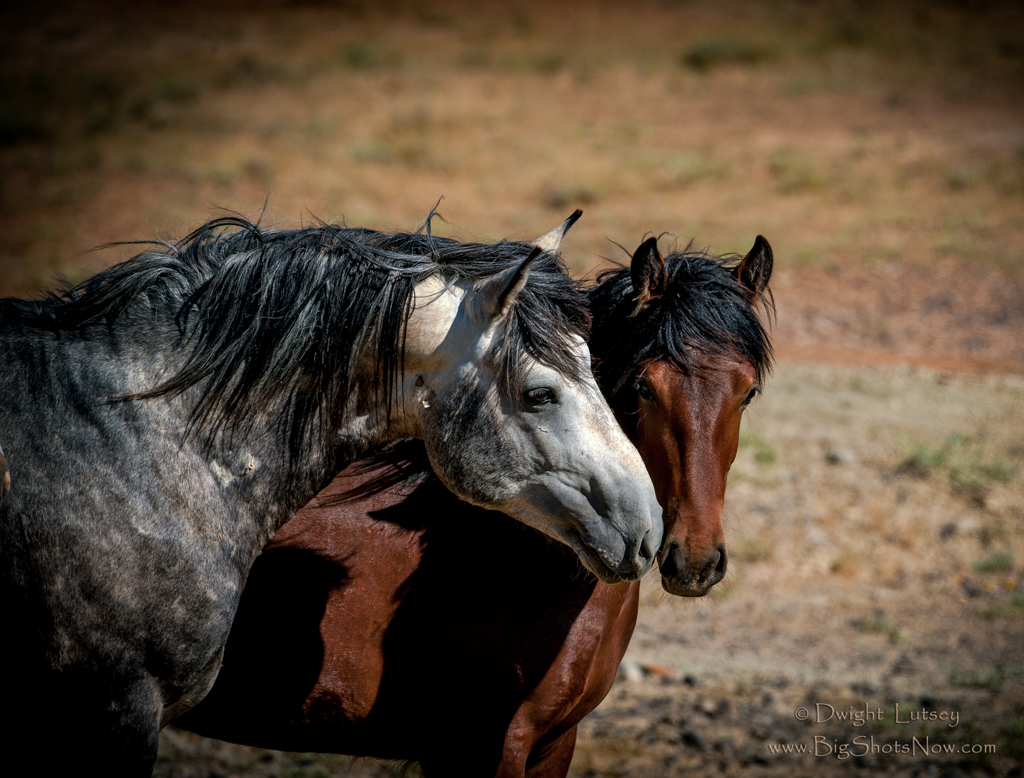
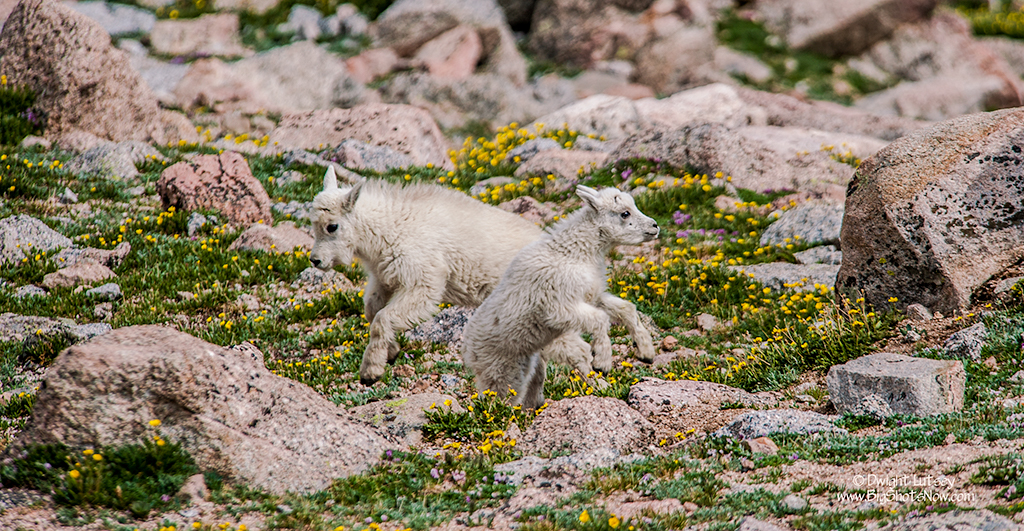
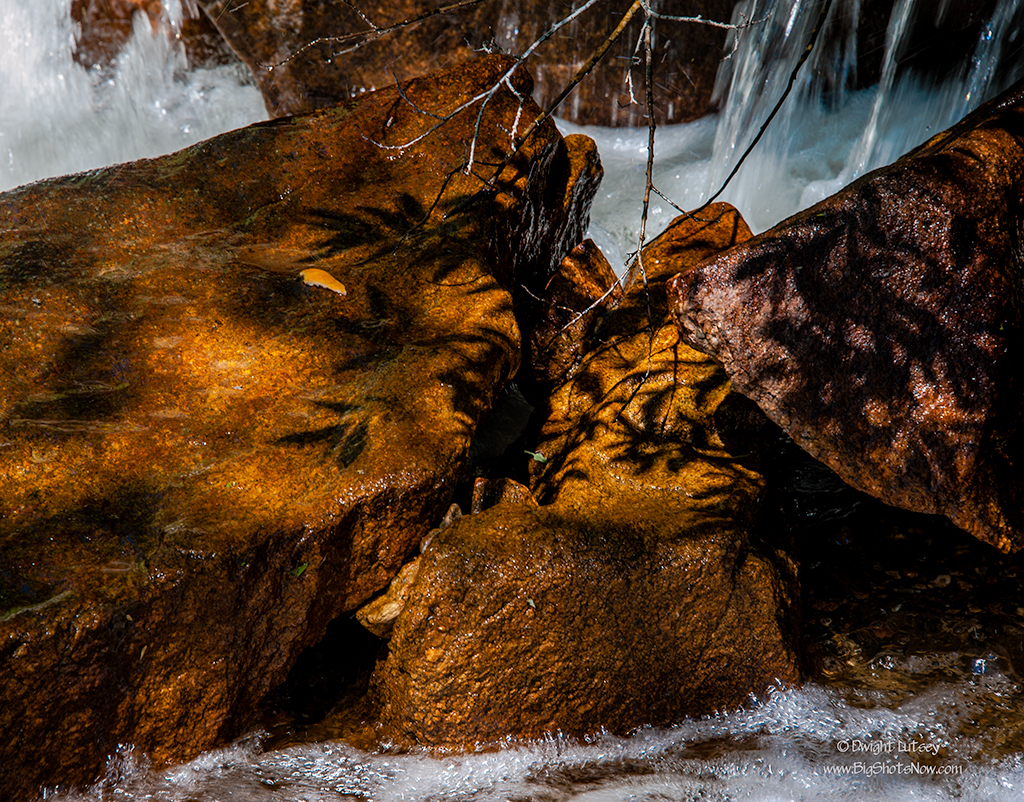
You must be logged in to post a comment.